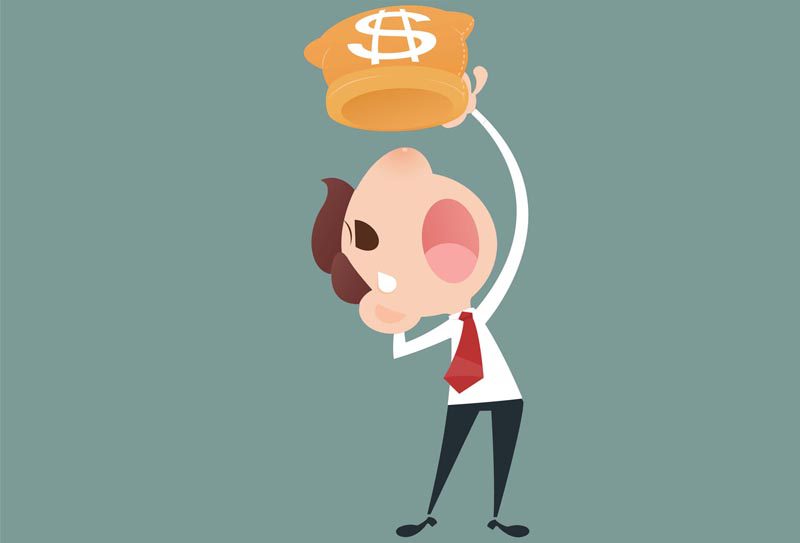Freelancers often start out (and end) charging too little for their services. It’s easy to feel like you’re asking too much – especially when your fee is more than you yourself have ever paid for anything – but businesses have bigger budgets than most individuals have so it’s more likely that you undercharge your clients than over charge them.
Besides this lack of understanding of business finances, other problems might stand in your way of charging a fair rate:
1. You Don’t Feel Your Work Is Worth the Money
While you’re learning your trade, you might do a lot of work for free (if not all of it). Once you gain experience and start charging clients, it may feel strange to take money for something you used to do for free. Maybe you still feel like a novice or maybe all your clients are your friends. But if you want to make a living, at some point you’ll have to stop doing so much pro-bono work. If you’ve been working for a while, you’re good enough to get paid. Figuring out whether you over charge or undercharge can be tricky but the following can guide you in coming up with a fair rate.
2. You Only Take Small Clients
Let’s say you’re a videographer and you create a professional sales video for an unknown blogger. This small-time blogger probably won’t gain much value from your service because the video probably won’t get the blogger a lot of exposure. As a result, the blogger won’t want to pay you much for it. Now, offer that same great video service to a successful business owner and the value of your work increases. The business owner with a good following knows that the return from your promotional material is going to be high.
If you keep going after small clients, you’ll continue having trouble charging a fair rate. Gain more powerful clients and you won’t have to undercharge for your services because the value the client receives is greater.
3. You Haven’t Thought About Your Salary
The total amount you receive from your clients each year is your salary.
What do you think you’re worth per year? Divide that number by 52 weeks, and then by 40 hours. Have you been charging this hourly rate? But wait. You’re not done. You need to add in the cost of all your materials. And, unless you are very sought after, you probably don’t have 40 hours of work per week all 52 weeks out of the year. Add in the cost of down weeks and expenses from the rate you just calculated. Now, is this the hourly rate you charge?
Freelancers usually charge less than full service companies which offer the same services. That’s because there is so much less overhead like advertising, office space, employees, and all kinds of other expenses that freelancers don’t have. Business owners know that they get more of a deal using a freelancer than than they would with a full service company. So don’t be shy – charge what you’re worth! It’s still going to be less than what your client would pay a full service company.
4. You Charge By the Job
Charging by the job is fine if the job is under your control and you have a lot of experience doing this exact work. However, it can lead to losses when you are doing work that is under somebody else’s direction. When you have to make adjustments to your final product, you could end up doing a whole lot more work than intended. It could be hours or days more work. With the price set in stone, you’ll end up working those hours or days totally unpaid. You should track your hours spent on projects and bill your clients for those hours.
Or, if you prefer, you could continue charging by the job but track your hours just to be sure that you are asking the right price. If your hours go over, tell the client that you will need to charge them for the extra work. This helps ensure you never undercharge your clients.
Timesheets.com tracks hours and is free for freelancers so there’s nothing to lose by tracking your time on jobs.





One Response